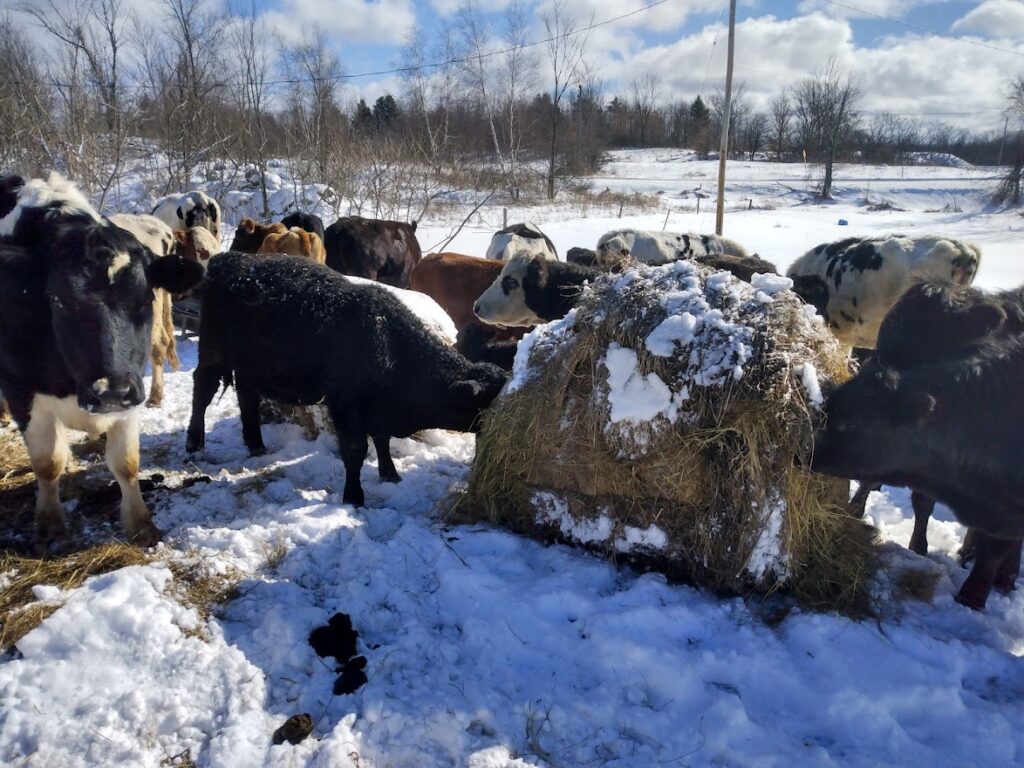
We will start off with buying cattle
Buying and selling cattle is a bit of an art. You need to know the markets and who is buying what at any given time. People buy cattle for all sorts of reasons. We use the term “Cattle Buyer” in our area as one that buys for the main reason to sell and hopefully makes a profit. Most of the beef cattle buyers in our area are buying for larger cattle buyers that sell to feedlots and or slaughterhouses. Most of the time, these animals they are after, sell at auction by the pound live weight. Right now beef prices for quality animals are around $1.00 a pound live weight.
These animals are mostly Angus and some Herefords. Before coming into the ring to be sold, they are placed on a scale to give buyers the actual live weight of each animal before the bidding starts. The auctioneer then starts at a little higher than he or she thinks the animal will bring by the pound. If the animal weighs 900 pounds, you multiply it by what it brings in the ring. An example is if the auction ends at $1.00 a pound, the buyer is paying $900.00 for that animal.
Feeders usually bring a higher price per pound. Most are steers that are 12 to 22 months of age and weigh around 500 to 800 pounds. Steers bring a higher price than heifers and bulls. Most of the mid-level and larger scale beef farmers make their monies off the sale of their feeders each year. When they are building their herds, they keep the heifers and get them bred at 2.5 to 3 years of age. They market these animals through sales barns or sell directly to stockyards that feed them high-quality feeds and grains to get these animals as heavy as possible to sell to large slaughterhouses.
The other cattle that come through the auctions are dairy cows and replacement heifers. This market is for farmers to buy and sell replacement cows. The majority of the bigger dairy farms raise their replacements, but there is a number that buys heifers ready to freshen ( having a calf) to add to their herd of milk cows. They sell their older animals and calves as beef and use that money to bring younger cows in. These animals sell for whatever the auctioneer sells them for. Beef is by the pound whereas dairy sells for exactly where the auction ends.
The other way to buy cattle is going directly to the farmer that is looking to sell but is unwilling to ship them to the sales or auctions. If you’re looking to start having your animals, this is the preferred way of doing so. When you buy at auction, you run the risk of getting inferior or sickly animals. This can expose your whole herd to sickness and disease such as pink eye, shipping fever, and or worms. That is why you need to educate yourself on spotting sick animals and staying clear of them. If not, it can and will expose your whole herd to the same sicknesses.